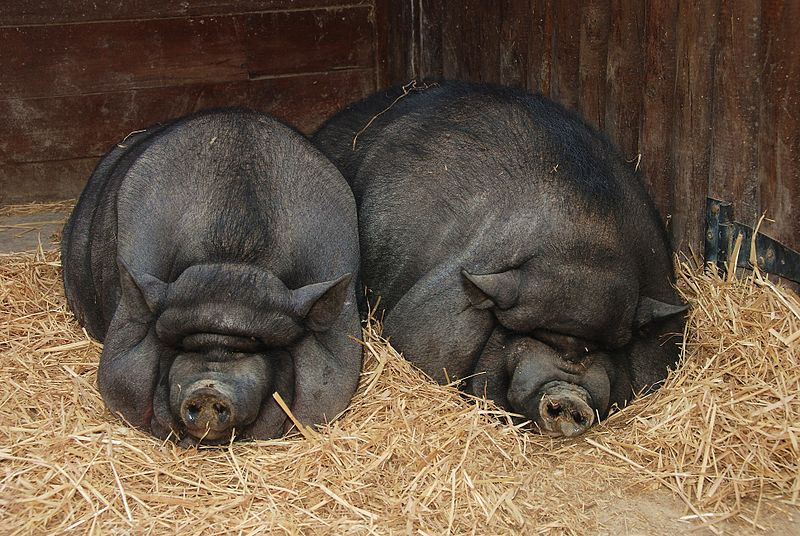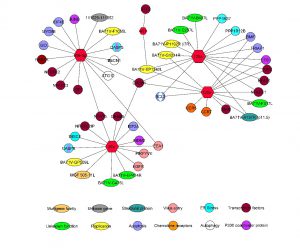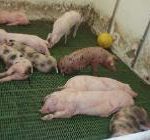Will the smallest RNA molecule become the secret weapon to defeat the African swine fever virus?

A work carried out at IRTA-CReSA has allowed to identify different expression patterns of porcine microRNAs in an African swine fever virus (ASFV) experimental infection in pigs. The results not only increase our knowledge of the virus-host interaction but identify possible targets for the control of this important disease for which, at the moment, there is no vaccine in the market. miRNAs are small molecules that regulate the gene expression both, virus and the host, and can be involved in different processes such as viral pathogenesis and immune response.
For this study, massive sequencing was performed in tissues of ASFV infected animals at different days and with strains that presented differences in virulence. In this analysis, several differentially expressed miRNAs that may be involved in the pathogenesis of the disease, were found. Thus, authors have identified miRNAs that can play an important role in the infection, such as miR-122, that interact with a very high number of viral genes. This miRNA plays a fundamental role in the infection by hepatitis C virus, and it has become a target of treatments against this pathogen. According to the study conducted at CReSA, miR-122 may also play an important role in the infection with ASFV. On the other hand, miRNAs miR-451 and miR-145-5p can regulate a gene that encodes a viral polymerase subunit, being able to affect viral replication.

Network of miRNA interactions with ASFV genes and porcine genes. In this case, these miRNAs are differentially expressed in infected animals with E75 virulent strain compared with infected animals with E75CV1 attenuated strain. These miRNAs also, can be target for finding an antiviral against ASF.
In a second analysis, the possible target genes that are regulated by miRNAs were evaluated. In this way, authors have identified a viral gene (L179), a homologue of the BcL2 host gene involved in apoptosis that, most probably, would help in escape to the regulation that the miRNAs identified in this study exert on BcL2. Thus, the artificial modulation of L179 could affect the establishment of infection with ASFV. As such, the exploration of these pathways opens a new possibility to control the infection, by using inhibitors of the identified miRNAs as well as by using the overexpression of other miRNAs, either by means of artificial miRNAs, or by administration of miRNAs mimetics (miRNA mimics). This will allow the realization of in vitro studies in order to demonstrate their inhibitory effect on the replication of ASFV and subsequently, the performance of in vivo studies in the natural host that can confer resistance to the disease.
This work has been published in Virology Journal:
Núñez-Hernández F, Pérez LJ, Muñoz M, Vera G, Accensi F, Sánchez A, Rodríguez F, Núñez JI. Differential expression of porcine microRNAs in African swine fever virus infected pigs: a proof-of-concept study. Virol J. 2017 Oct 17;14(1):198.
In this work, researchers from IRTA-CReSA (node of ICTS RLASB) , Centre de Recerca en AgriGenòmica (CRAG), CSIC-IRTA-UAB-UB, as well as Centro Nacional de Sanidad Agropecuaria (CENSA), La Habana, Cuba, have collaborated.
Over image: Joaquim Alves Gaspar.














Fantástica la investigación viral y felicitaciones para tos los científicos que dedican su vida a ello.
Lola Nuñez